
Roll up! Roll up! Get ready to take your seat for the greatest show on Earth. Imagine you’re flying through the air, juggling knives or breathing fire. Sound scary? Well, don’t worry – science has your back. We are looking at some of the most stunning feats, and how circus performers effortlessly use a knowledge of forces and other scientific know-how to amaze and entertain.
Nerves of steel
Circus acts have been performed for thousands of years, with juggling and acrobatics recorded in Egypt as far back as 2500BC. The ancient Romans and Greeks had funambulists, or rope dancers, where performers would represent famous characters while balancing on a tightrope, but how do these jumps, tricks and acrobatics work?
The everyday job of a tightrope walker involves being high up, with just a thin piece of cable between you and the ground. It’s a long way down, and the slightest breath of wind might topple you off the wire, but a little knowledge of science can make it easier. Understanding the forces at play on your body can help you pull off the trick successfully, and get a massive round of applause.
Diese Geschichte stammt aus der Issue 60-Ausgabe von The Week Junior Science+Nature UK.
Starten Sie Ihre 7-tägige kostenlose Testversion von Magzter GOLD, um auf Tausende kuratierte Premium-Storys sowie über 8.000 Zeitschriften und Zeitungen zuzugreifen.
Bereits Abonnent ? Anmelden
Diese Geschichte stammt aus der Issue 60-Ausgabe von The Week Junior Science+Nature UK.
Starten Sie Ihre 7-tägige kostenlose Testversion von Magzter GOLD, um auf Tausende kuratierte Premium-Storys sowie über 8.000 Zeitschriften und Zeitungen zuzugreifen.
Bereits Abonnent? Anmelden

Are cats smarter than dogs?
They're the UK's top pets, but which is more intelligent? You decide!

Could people turn Mars into another Earth?
Sven Bilén explores how humans might make a home on another world.
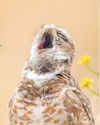
FUNNY BY NATURE
Claire Karwowski tracks down the wackiest wildlife that's cracking up the animal kingdom.
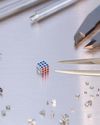
WEIRD SCIENCE
A round-up of the strangest science stories from around the world.

Guardians of the forest
Meet the incredible people protecting the Amazon rainforest.
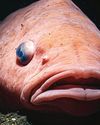
The Mariana Trench
Dive in to find out how far down the ocean goes and what it's really like at the bottom.

Megan McCubbin
Meet the zoologist trying to change people's views of animals with a bad rep.
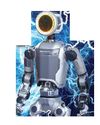
MAX POWER
From the second you wake up in the morning, your way of life is made possible thanks to the amazing power of electricity.

Your heart has a "brain"
New research by scientists at Sweden, and Columbia University, in the US, suggests that your heart could have its own \"mini brain\".
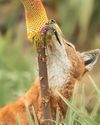
Ethiopian wolves could be furry pollinators
Sweet-toothed Ethiopian wolves have been seen lapping up nectar have been seen happing up nectar from red hot poker flowers.